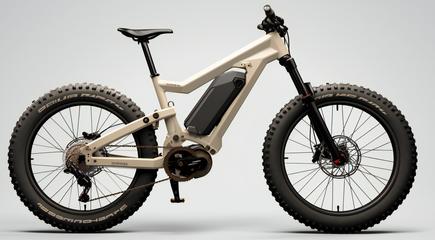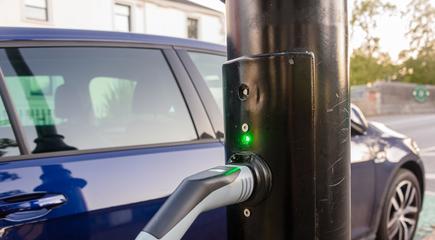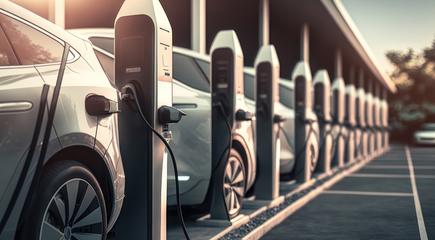EVs Need 800 V and 800 V Needs Silicon Carbide

800-volt electric vehicles (EVs) are here and more are coming. 800 V systems started in luxury EVs such as the Porsche Taycan and the Audi e-Tron GT, and have since gone mainstream in the Hyundai Ioniq5 and Kia EV6. General Motors and Rivian have announced that future EVs will be 800 V ready.[1] Others are expected to follow.
The use of 800 V is a big deal because it’s twice as much as today’s 400 V drive trains. Twice the voltage can cut charging times in half. Hyundai Ioniq5 and Kia EV6 can gulp down 200 kW and go from 10 percent to 80 percent charge in 18 minutes. The Porsche Taycan can charge from 5 percent to 80 percent in 22.5 minutes. Charging cables and connectors that handle 100 kW at 400 V can deliver 200 kW at 800 V. Even though 800 V by itself does not dramatically increase the driving range, it will reduce range anxiety by enabling much faster charging times.
Twice the voltage also cuts current in half at a given power level, reducing the size and weight of the cabling, making for lighter-weight EVs. Lower current means less heat generation for greener EVs. Higher voltage and smaller windings enable the design of traction motors with higher power densities and higher efficiencies.[2]
800 V EVs need Silicon Carbide power converters
Silicon carbide (SiC) delivers higher performance compared with silicon power MOSFETs and IGBTs. Silicon has a bandgap of about 1.12 electron-Volts (eV) compared with the 3.26 eV bandgap of SiC, resulting in lower leakage currents in SiC devices at elevated temperatures.
SiC has a higher breakdown critical electric field voltage (2.8 Megavolts per centimeter (MV/cm)) compared with silicon (0.3 MV/cm), significantly reducing on-resistance. The higher breakdown field enables SiC devices to be thinner than silicon devices, reducing switching losses, improving current-carrying capability and enabling faster switching. As a result, a SiC MOSFET can support high frequency switching like a silicon MOSFET, but with the current and voltage ratings similar to an IGBT, a great match for power converters in EVs.
High-frequency switching using SiC results in much smaller power converters compared with designs based on slower-switching IGBTs.
Thermal conductivity is another area where SiC shines compared with silicon. SiC’s higher thermal conductivity produces a smaller junction temperature (Tj) increase for a given power dissipation. SiC MOSFETs can also handle a higher junction temperature than silicon devices. SiC devices can withstand a maximum junction temperature (Tj(max)) of up 600 ˚C, but commercial devices are limited to between 175 and 200 ˚C by packaging considerations. Silicon devices, on the other hand, have a Tj(max) of 150 ˚C, increasing the need for cooling and increasing solution size.
800 V EVs need SiC-based Aux DC-DCs
Even as the traction power bus moves to 800 V, the auxiliary power buses in EVs are expected to remain at 24 VDC or 48 VDC. EVs need highly integrated, light weight and efficient technologies to implement 800V to 24V or 48V DC-DC converters.
Auxiliary power supply designers can turn to the high-voltage, AEC Q100-qualified InnoSwitch3-AQ family of power supply ICs. These ICs have integrated 1700 V SiC MOSFETs and reinforced isolation. They reduce component count by up to 50 percent enabling highly compact and lightweight solutions.
These power supply ICs deliver up to 90 percent efficiency across the entire load range. They consume less than 15 mW at no load, reducing self-discharge in EV battery manage systems, and the fab, assembly and test sites have IATF16949-certified automotive quality management systems.
References
[1] https://www.greencars.com/post/new-800-volt-fast-charging-systems





